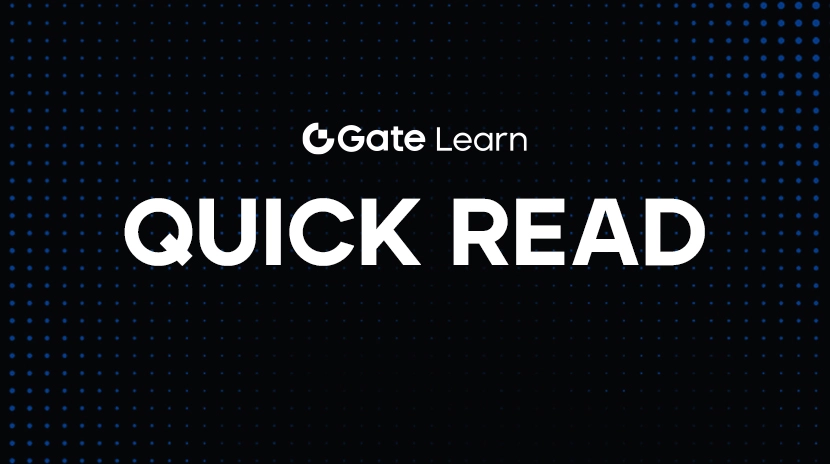Tezos (XTZ) в 2025 году: Подробное руководство по его инновациям, сферам применения и перспективам рынка

Источник изображения: https://www.Gate.com/price-prediction/tezos-XTZ
Tezos (XTZ)постоянно вырисовывает уникальный путь в экосистеме блокчейна благодаря своей самоизменяющейся архитектуре и приверженности формальной верификации. По мере того как мы шагаем дальше в 2025 год, сеть Tezos продолжает эволюционировать, открывая новые возможности в области DeFi, NFT и корпоративных приложений. В этой статье рассматриваются передовые особенности Tezos, реальные примеры использования, последние обновления и рыночные перспективы, помогая крипто-энтузиастам и инвесторам понять, что отличает Tezos в пространстве блокчейна.
Что такое Tezos? Введение в самоуправляемую блокчейн-систему
Tezos - это децентрализованная, открытая сеть блокчейн, разработанная для эволюции. Запущенный в 2018 году после одного из крупнейших ICO в истории криптовалют, Tezos представил уникальное предложение оценки мира блокчейнов: самоизменяющийся протокол. В отличие от многих блокчейнов, требующих деструктивных хардфорков для основных обновлений, Tezos позволяет своему протоколу обновляться автоматически через механизм управления on-chain. Это инновационное решение снижает фрагментацию сети, сохраняет выравнивание сообщества и обеспечивает долгосрочную масштабируемость.
В своей сути, Tezosпостроен для того, чтобы быть блокчейном, ориентированным на управление. Владельцы токенов могут предлагать и голосовать за протокольные обновления напрямую, что означает, что эволюция сети определяется общим согласием сообщества. Эта модель управления способствует непрерывной инновации, снижая риск централизации или конфликтов между разработчиками и заинтересованными сторонами.
Tezos работает на механизме консенсуса Liquid Proof-of-Stake (LPoS), который объединяет децентрализацию традиционного proof-of-stake с гибкостью делегирования токенов. В этой модели держатели XTZ могут либо стать "пекарями" (валидаторами), либо делегировать свои токены пекарям, не передавая право собственности. Этот дизайн поощряет большее участие в сети и гарантирует, что пользователи остаются под контролем своих активов, внося свой вклад в безопасность сети.
Помимо своего технического фундамента, Tezos поддерживает смарт-контракты и децентрализованные приложения (dApps) с помощью уникального языка программирования под названием Michelson. Этот язык, специфичный для домена, разработан для формальной верификации, позволяя разработчикам математически доказать корректность своих смарт-контрактов. Это особенно ценно для случаев использования, требующих высокой безопасности и надежности, таких как финансовые услуги, управление цепочкой поставок и системы цифровой идентификации.
Основные характеристики, которые определяют Tezos, включают в себя:
Протокол самовнесения: позволяет безболезненно обновляться без разделения цепи.
Управление в сети: дает возможность держателям токенов влиять на будущее сети.
Энергоэффективность: Использует доказательство доли для радикального снижения энергопотребления по сравнению с цепями доказательства работы.
Безопасные умные контракты: Поддерживает формальную верификацию для повышения надежности контрактов.
Инфраструктура корпоративного уровня: Предпочитаемая предприятиями и разработчиками, строящими соблюдаемые и масштабируемые решения.
Tezos всегда отдавал приоритет устойчивому развитию, децентрализованному управлению и технологическому совершенству. Эти качества помогли ему сохранить актуальность во все более конкурентной блокчейн-среде и привлечь разнообразные случаи использования, от DeFi и NFT до токенизации реальных активов.
Смарт-контракты и формальная верификация: обеспечение безопасности и надежности
Одним из основных инноваций Tezos является использование языка программирования Michelson, который позволяет проводить формальное верификацию — математический подход к обеспечению точного выполнения смарт-контрактов. Это делает Tezos предпочтительной платформой для проектов, требующих высокого уровня безопасности, таких как финансовые приложения или отрасли с высоким уровнем регулирования.
Формальная верификация выделяет Tezos среди конкурентов, таких как Ethereum, предоставляя разработчикам инструменты для написания доказательно правильного кода. Этот уровень надежности крайне важен для снижения ошибок и уязвимостей в децентрализованных приложениях (dApps).
Применение Tezos в 2025 году: от DeFi до NFT и далее
В 2025 году Tezos не просто теоретический блокчейн - он поддерживает реальные проекты в различных секторах:
DeFi: Протоколы, такие как Множество DeFiпредлагает фарминг доходности, обмены и ликвидность стейблкоинов на Tezos.
NFTs: Платформы, подобныеObjkt.comиfxhashсделали Tezos идеальным блокчейном для экологически чистой эмиссии NFT.
Enterprise: Tezos заключил партнерство с такими брендами, как Red Bull Racing и Ubisoft, и был использован в высокобезопасных средах, таких как токенизация недвижимости и финансовые платформы, соответствующие регулятивным требованиям.
Эти приложения выделяют низкие комиссии за газ, масштабируемость сети и дружелюбную среду для разработчиков.
Последние обновления: Протокол Квебек и Эфирное соединение уровня 2
Блокчейн Tezos прошел несколько протокольных обновлений без жестких разветвлений блоков — благодаря своей самоаменяющейся природе. В 2024 году обновление протокола Квебека внесло улучшения, такие как:
Более быстрые времена блоков
Оптимизированное управление хранилищем и газом
Увеличенные стимулы для валидаторов
Более недавно было запущено решение Etherlink, совместимое с EVM на уровне 2, чтобы поддерживать смарт-контракты Ethereum на Tezos. С момента внедрения Etherlink заметил увеличение числа развернутых контрактов на 184%, что свидетельствует о сильном интересе и принятии со стороны разработчиков.
Это обновление позиционирует Tezos как конкурентоспособного участника в области кросс-цепочек и масштабируемости Ethereum.
Прогноз цены XTZ: Прогнозы до 2030 года

Источник изображения: https://www.Gate.com/trade/XTZ_USDT
Цена родного токена Tezos, XTZ, находится на постепенном пути восстановления. На Q2 2025 года он торгуется примерно по $1.20–$1.50, аналитики прогнозируют умеренный рост в зависимости от макроэкономических условий и принятия криптовалют.
Прогноз на 2025 год: $2.20 – $2.65
2026–2027: Потенциал достичь $3.50–$4.20
Долгосрочный прогноз на 2030 год: до $5.12 в случае ускорения принятия
Эти прогнозы зависят от активности сети, участия в стейкинге, привлекательности DeFi/NFT и общих тенденций криптовалют.
Отслеживайте живые цены Tezos (XTZ) наГрафик XTZ/USDT Gate.com.
Tezos в реальном мире: от искусства до торговли ураном
В то время как многие блокчейн-проекты в основном сосредотачиваются на виртуальных активах и децентрализованной финансовой сфере, Tezos сделал значительные шаги в преодолении разрыва между цифровым и физическим мирами. В 2025 году сеть приобретает признание за ее растущее присутствие в реальных приложениях - начиная от изящных искусств до глобальных товаров.
🔹 Революционизация искусства и пространства NFT
Tezos стал крупным игроком в цифровом искусстве и экосистеме NFT, особенно известен своим экологически чистым подходом. Благодаря механизму консенсуса proof-of-stake, создание NFT на Tezos требует значительно меньше энергии, чем на Ethereum и других платформах с proof-of-work. Это привлекло волну экологически осознанных художников, коллекционеров и институтов.
Некоторые заметные инициативы включают в себя:
fxhash – платформа генеративного искусства, созданная на Tezos, позволяющая художникам создавать и распространять алгоритмически созданные произведения искусства.
Objkt.com – крупнейшая онлайн-площадка NFT на Tezos, где пользователи могут создавать, покупать и продавать NFT без высоких комиссий за газ.
Культурное сотрудничество - известные учреждения, такие как Музей Орсе, Бельведерский дворец в Вене и Художественная выставка Art Basel, сотрудничают с Tezos, чтобы привнести изобразительное искусство в цифровую эпоху через выставки и выпуск NFT.
OneOf – платформа для музыкальных NFT на основе Tezos, поддерживаемая артистами, такими как Doja Cat и The Chainsmokers, позволяющая фанатам коллекционировать эксклюзивный музыкальный контент устойчивым способом.
Эти партнёрства помогли позиционировать Tezos как выбранный блокчейн для создателей, стремящихся объединить технологии и культуру, минимизируя при этом воздействие на окружающую среду.
🔹 Поддерживает первую торговую платформу по урану
Возможно, одним из наиболее революционных случаев использования Tezos является его роль в запуске первого в мире рынка торговли ураном. Это событие является значительным вехом в интеграции блокчейна в высокорегулируемые и критически важные глобальные цепочки поставок.
Платформа использует функционал смарт-контрактов Tezos и функции прозрачности для:
Токенизируйте владение ураном и права на передачу
Облегчение безопасных, мгновенных транзакций
Обеспечьте прослеживаемость и соблюдение международных нормативов
Эта реализация в реальном мире подчеркивает способность Tezos обрабатывать транзакции высокой стоимости и высокой безопасности, которые выходят далеко за рамки цифровых активов. Она также показывает, как блокчейн может модернизировать устаревшие рынки, внедряя доверие, скорость и ответственность.
🔹 Расширение в спорт и игры
Tezos также привлекает внимание благодаря выдающимся спонсорским мероприятиям и инициативам в области веб-экосистемы 3.0. Заметные сотрудничества включают в себя:
Манчестер Юнайтед – Tezos стал официальным партнером по блокчейну знаковым футбольным клубом, представляя фанатам цифровые коллекционные предметы и метавселенные впечатления.
Команды McLaren Racing и Red Bull Racing – кампании по брендированию и вовлечению фанатов на платформе Tezos для этих крупных команд Формулы 1.
Платформа Quartz Ubisoft - Ubisoft, одна из крупнейших игровых компаний в мире, интегрировала Tezos NFT в свою экспериментальную платформу для владения игровыми предметами, сделав Tezos одним из первых блокчейнов, используемых AAA-разработчиком игр.
Эти примеры использования демонстрируют приверженность Tezos к продвижению принятия блокчейна в сфере развлечений, игр и вовлечения поклонников — отраслей с огромной мировой аудиторией.
Эта практическая привлекательность отражает основные преимущества Tezos: адаптивность, устойчивость и надежность институционального уровня. Будь то в мире искусства, товарного рынка или развлекательной сферы, Tezos продолжает доказывать, что блокчейн не только для спекуляций - это средство решения реальных проблем в инновационных способах.
Почему Tezos выделяется: управление, устойчивость и инновации
То, что по-настоящему выделяет Tezos в 2025 году, - это его уникальное сочетание:
Управление на цепи: Владельцы токенов непосредственно голосуют за предлагаемые обновления, обеспечивая децентрализованное принятие решений.
Устойчивость: Как блокчейн с подтверждением доли, Tezos потребляет более чем в 2 миллиона раз меньше энергии, чем сети с подтверждением работы.
Инновации: С непрерывным обновлением и поддержкой Web3, игровых и финтех-приложений Tezos остается на передовых позициях в эволюции блокчейна.
Его открытая природа и сильное сообщество продолжают привлекать как разработчиков, так и институты.
Финальные мысли
Tezos - это не просто еще один блокчейн - это передовая платформа с основным акцентом на управлении, безопасности и устойчивости. Благодаря постоянному потоку обновлений и растущему количеству применений в DeFi, NFT и не только, Tezos (XTZ) позиционируется как сильный участник в развивающемся крипто-ландшафте.
По мере зрелости рынка важно следить за экосистемами, такими как Tezos, что может предоставить инвесторам и разработчикам уникальные возможности. Независимо от того, участвуете ли вы в стейкинге XTZ, создаете dApps или собираете NFT, Tezos предлагает безопасное, масштабируемое и экологически чистое основание для инноваций в блокчейне.
Отказ от ответственности: Эта статья предназначена исключительно в информационных целях и не является финансовым советом. Всегда проводите собственное исследование перед инвестированием в криптовалюты.
Похожие статьи
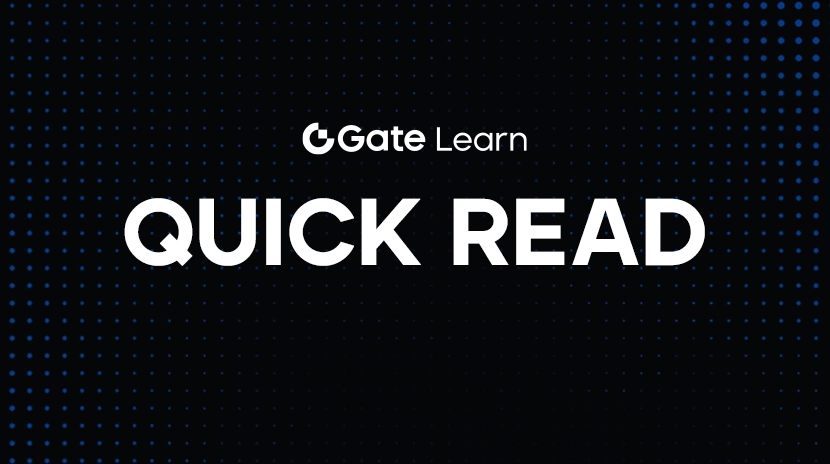
Как переводить средства с Binance безопасно и эффективно
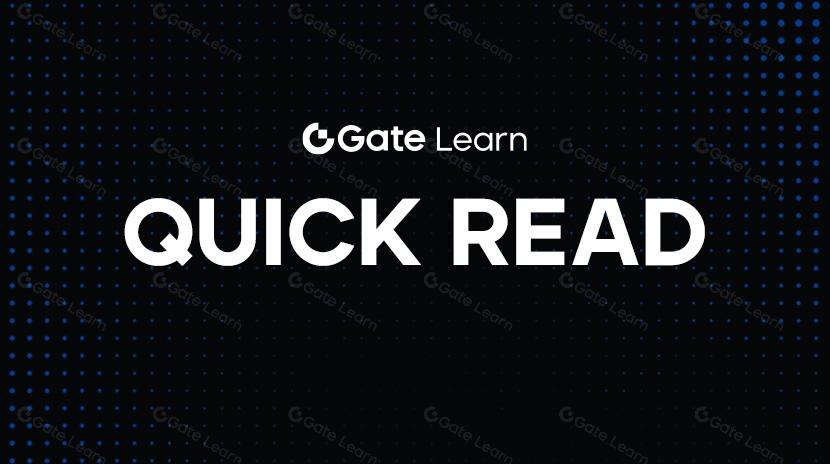
Понимание токена TRUMP в одной статье: Комплексный анализ токена $TRUMP
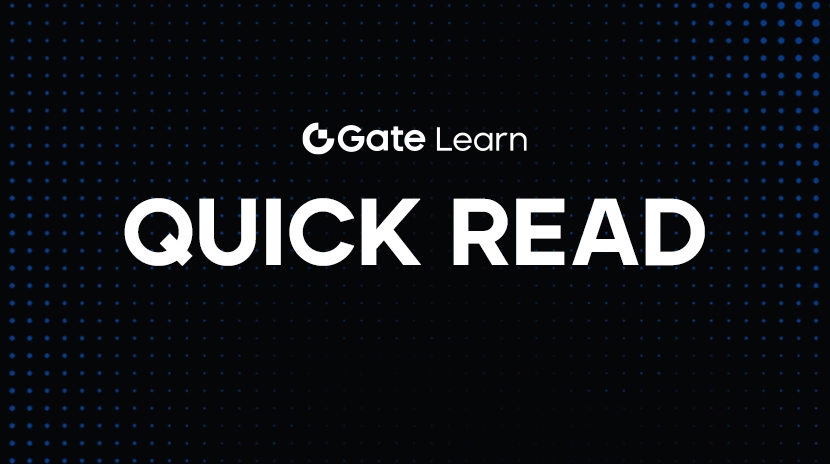
Как отследить транзакцию USDT BEP20?
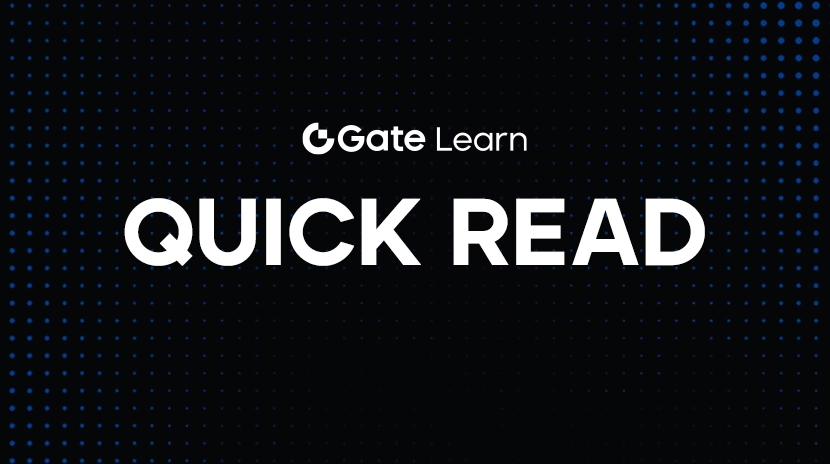
Сколько времени займет добыча 1 биткойна в 2025 году? Подробное руководство
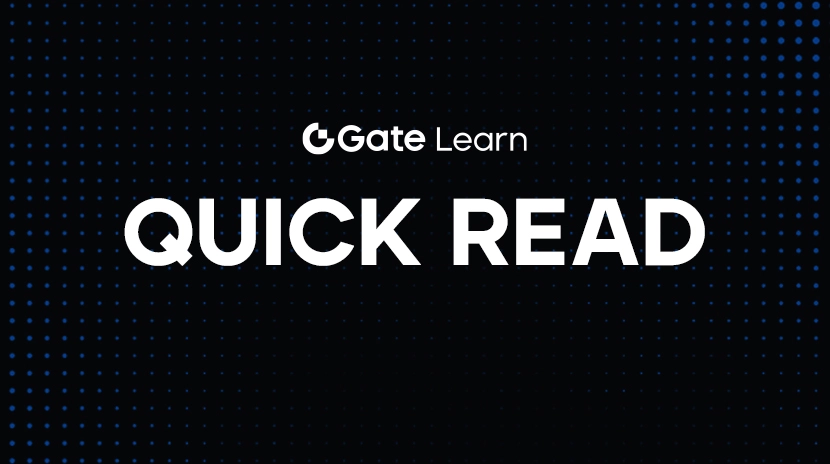
Что такое MELANIA: мем-монета на миллиард долларов, запущенная первой леди США
